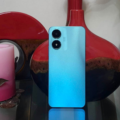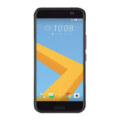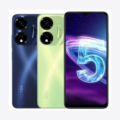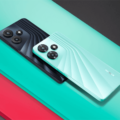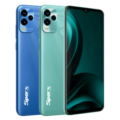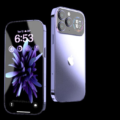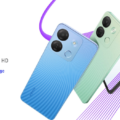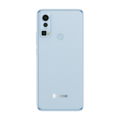Vivo V29
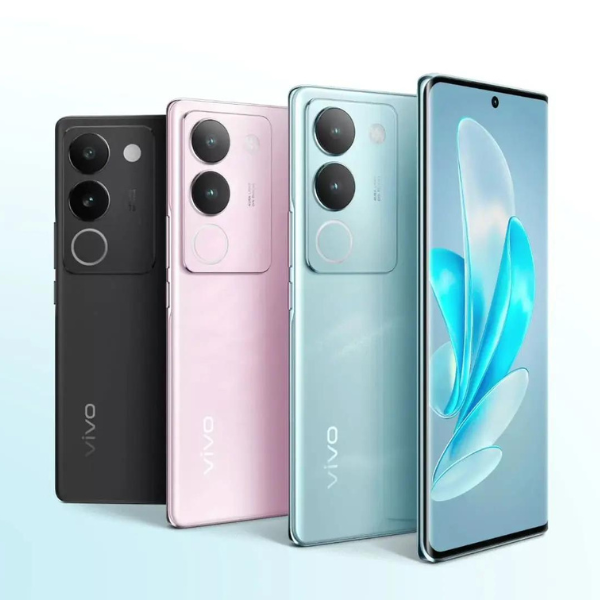




-
CPU
Octa-Core -
RAM
12GB -
Storage
256GB -
Display
6.78inches -
Camera
50MP -
OS
Android 13
Vivo V29 has continuously pushed the envelope of innovation in the rapidly changing smartphone industry. The Vivo V29, their most recent product, is no different. With its innovative features, stylish appearance, and excellent performance, the Vivo V29 is a gadget that’s making waves in the mobile market. We’ll go over the main characteristics that set the Vivo V29 apart from other smartphones in the market in this in-depth review.
Design and Build of Vivo V29
It has an eye-catching design that draws attention right away. The gadget oozes elegance with its premium glass back, smooth curved edges, and small profile. The choice of colors, which combines classic colors with trendy gradients, adds to its visual appeal. Vivo’s attention to detail is evident in the seamless integration of the fingerprint sensor beneath the display, which enhances security without compromising the phone’s stylish appearance.
Display of Vivo V29
A brilliant Super AMOLED display that measures 6.5 inches diagonally is featured in the Vivo V29. Rich blacks, vivid colors, and superb contrast all work together to provide a visually captivating experience on the display.
Performance of Vivo V29
It powerful octa-core processor powers the device under the hood, providing a lag-free and seamless user experience. It’s easy to multitask, and even the most demanding apps operate without a hitch. The FunTouch OS, which is based on Android, provides an intuitive interface, and the device’s 6GB of RAM further improves performance.
Camera Capabilities
With regard to smartphone cameras, Vivo has always been at the forefront, and the V29 is no exception. With three powerful cameras on the back a 48MP primary sensor, an 8MP ultra-wide lens, and a 5MP depth sensor the smartphone is quite impressive. This combination guarantees beautiful pictures in different lighting circumstances. The 16MP front camera works great for taking crisp selfies. Photography lovers will love the device’s versatility, numerous camera settings, and AI improvements.
Battery Life
It extended battery life is one of its best qualities. With its 4,500mAh battery, the gadget readily lasts through an intense day of use. The 33W FlashCharge technology makes sure you’re back at 100% in no time when it’s time to recharge.
Software and Features
With a tonne of features to improve user experience, the V29 is equipped with the most recent version of the Android OS. With its clever voice and image recognition, Vivo’s Jovi assistant makes daily tasks simple. Additionally, the phone has a special gaming mode that reduces distractions and maximizes performance when playing games.
Security
Vivo has integrated facial recognition technology and an in-display fingerprint sensor to guarantee device security and the privacy of your data. The convenience factor of these biometric security measures is increased for everyday use.
Summary
It is a feature-rich smartphone that fulfills all of the requirements. For both casual users and tech enthusiasts, its stunning appearance, strong camera, long-lasting battery, and effective performance make it an appealing option. With its user-friendly UI, security features, and 5G capabilities, the Vivo V29 is a gadget that will undoubtedly influence mobile technology in the future. Embark on a modern adventure with the Vivo V29.
Specs
General
| Device Type | Vivo |
| Model | V29 |
| Announced | 31 July, 2023 |
| Released | 31 July, 2023 |
| Status | Available |
| Price | 159999 |
Design
| Type Design Type called form factor refers to a mobile phone's size, shape, and style as well as the layout and position of major components of phone. There are three major form factors seen in mobile phones => bar phones, folding phones and sliding phones. | Bar |
Network
| SIM SIM (Subscriber Identity Module) is a small card that contains mobile network subscriber's account information. This allows the phone using the card to attach to a mobile network. The SIM card is most commonly associated with GSM and UMTS mobile networks. Moving a SIM card from one phone to another allows a subscriber to switch mobile phones without having to contact their mobile network carrier. SIM cards can also be used by a phone to store limited amounts of data, such as phone numbers and text messages. | Standard SIM |
Display
Media
Camera
Software
| Facebook Facebook is a popular free social networking website that allows registered users to create profiles, upload photos and video, send messages and keep in touch with friends, family and colleagues. The site is available in 37 different languages. | |
| Youtube Youtube is a popular free video-sharing website, Youtube is the largest video sharing site in the world, Millions of users around the world have created accounts on the site that allow them to upload videos that anyone can watch. |
Hardware
| RAM (Memory) RAM (Random Access Memory) is a type of computer memory that can be accessed randomly, any byte of memory can be accessed without touching the preceding bytes that allows information to be stored and accessed quickly from random locations. RAM is the most common type of memory found in computer systems, smartphones, tablets and other electronic devices. | 512 MB |
Connectivity
| Infrared Infrared connectivity is an old wireless technology used to connect two electronic devices. It uses a beam of infrared light to transmit information and so requires direct line of sight and operates only at close range. | |
| Wi-fi Hotspot | |
| NFC NFC (Near field communication) is a set of standards for smartphones and similar devices to establish peer-to-peer radio communications with each other by touching them together or bringing them into proximity, usually no more than a few inches. | |
| HDMI HDMI (High-Definition Multimedia Interface) is a compact audio/video interface for transferring uncompressed video data and compressed or uncompressed digital audio data from a HDMI-compliant source device to a compatible computer monitor, video projector, digital television, or digital audio device. |
Data
| GPRS GPRS (General Packet Radio Service) is a packet oriented mobile data service on the 2G and 3G cellular communication system's global system for mobile communications (GSM), Generally, GPRS is used for the purpose of wireless data transfer, such as sharing pictures and videos or browsing the Internet via a mobile phone connection. | |
| EDGE EDGE (Enhanced Data GSM Environment) is a wireless network technology generally considered the next step in the 2G network offers data transfer rates up to four times faster than ordinary GSM networks, Generally, EDGE is used for the purpose of wireless data transfer, such as sharing pictures and videos or browsing the Internet via a mobile phone connection. |
Messaging
| SMS SMS (Short Messaging Service) is a text messaging service component of phone, Web, or mobile communication systems. It uses standardized communications protocols to allow mobile phone devices to exchange short text messages over the networks. | No |
| MMS MMS (Multimedia Messaging Service) is a standard way to send messages that include multimedia content (audio clips, video clips and images) to and from mobile phones over wireless networks using the WAP protocol. |
Battery
| Battery Type Battery Type => Cell phones run on various kinds of batteries depending on the manufacturer, phone size or shape and features. There are basically four types of cell phone batteries => Lithium Polymer, Lithium Ion, Nickel Metal Hydride and Nickel Cadmium. | Li-Ion (Lithium Ion) |



